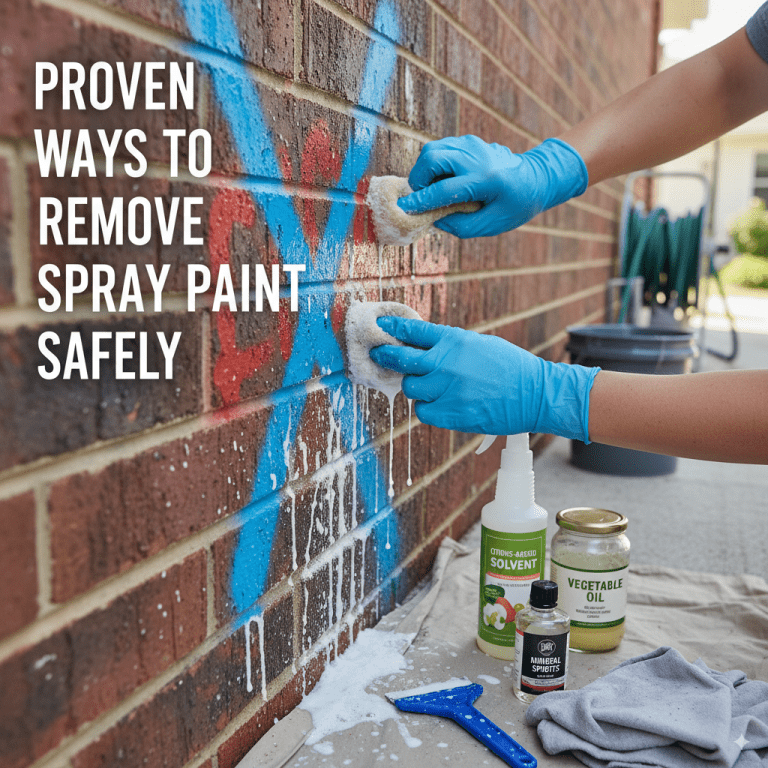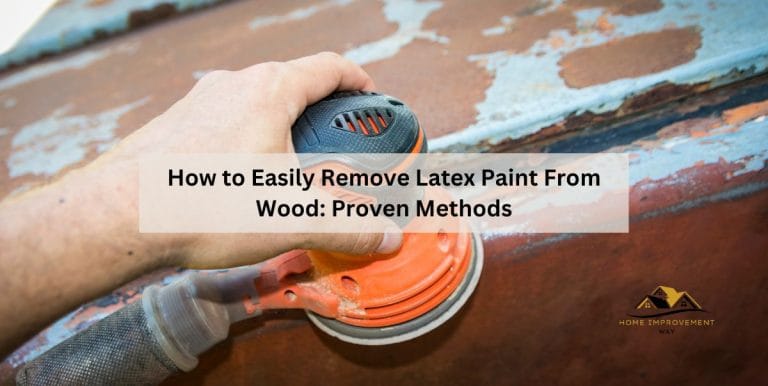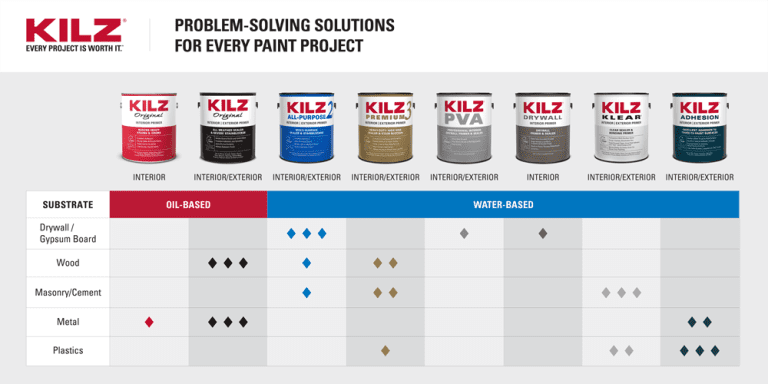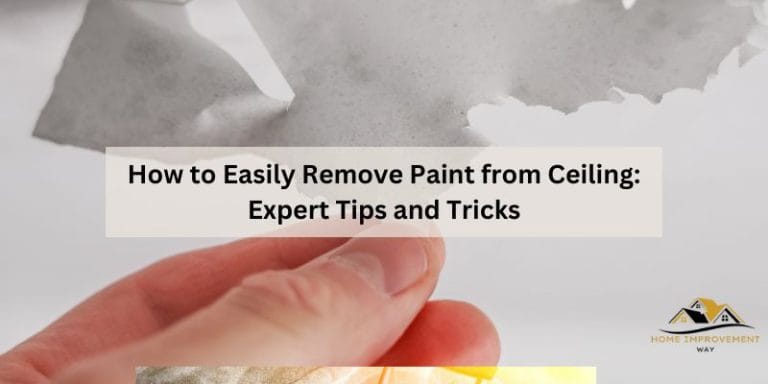How to Seal Charred Wood: Ultimate Guide
To seal charred wood, apply linseed or mineral oil to the surface, allowing it to soak in before use. Preserving charred wood involves drying the boards, then applying oil with a paintbrush.
This process enhances the wood’s appearance and durability, making it suitable for various projects. Sealing charred wood not only protects it from further damage but also adds a beautiful finish, ensuring longevity and resilience. By following these steps, you can effectively seal and preserve charred wood, maintaining its aesthetic appeal and structural integrity for years to come.
Techniques For Charring Wood
To seal charred wood, apply linseed or mineral oil to the charred surface with a paintbrush and let it soak in before using the boards. Oil-based polyurethane is the best sealant for weather-resistant burnt wood, while shellac sealant is ideal for indoor wood furniture and floors.
Shou-sugi-ban Technique
Shou-Sugi-Ban, a traditional Japanese technique, involves charring wood to enhance its durability and aesthetic appeal. This method utilizes fire to char the surface of the wood, which is then brushed to remove the charred layer, leaving behind a unique texture and pattern. The charred wood is then sealed to protect it from environmental elements and ensure longevity.
Other Wood Charring Methods
Aside from the Shou-Sugi-Ban technique, there are various other methods for charring wood, each offering distinct results. Some common wood charring methods include:
- Open flame charring
- Wire brushing
- Chemical charring
Each method requires different tools and techniques, resulting in unique charred wood finishes that can be further enhanced through sealing.
When considering the sealing of charred wood, it’s essential to choose the appropriate sealant based on the intended use and environmental exposure of the wood.
For outdoor applications, oil-based polyurethane is recommended due to its superior weather resistance. Conversely, indoor wood furniture and floors benefit from shellac sealant, known for its safety and non-toxic properties.
Sealing charred wood not only protects it from moisture and decay but also accentuates its charred texture, ensuring a visually appealing and long-lasting finish.
Sealing Methods
Applying Linseed Oil Or Mineral Oil
- Apply a coat of linseed oil or mineral oil to protect and enhance the charred wood.
- Ensure even coverage to seal the wood effectively.
- Reapply oil as needed to maintain the seal over time.
Using Oil-based Polyurethane For Outdoor Use
- Opt for oil-based polyurethane for outdoor charred wood projects.
- It offers excellent weather resistance and durability.
- Apply multiple coats for a long-lasting seal against the elements.
Shellac Sealant For Indoor Use
- Choose shellac sealant for indoor charred wood applications.
- Shellac is non-toxic and safe for indoor use on furniture and floors.
- It provides a protective seal while enhancing the wood’s appearance.
Step-by-step Guide To Sealing Charred Wood
To seal charred wood, start by letting the wood dry thoroughly for a day or two. Then, apply linseed oil or mineral oil to the charred surface with a paintbrush, allowing the oil to soak in before using the wood.
This method helps preserve the wood and prevent smudging.
Preparation Of Charred Wood
Before sealing charred wood, ensure it is clean and free of debris. Sand the surface lightly to remove any rough areas.
Application Of Sealant
Apply wood sealant evenly using a brush or cloth, following the grain of the wood. Allow the sealant to penetrate and dry completely.
Tips For Handling Charred Wood During Sealing
- Wear protective gloves to avoid direct contact with the sealant.
- Work in a well-ventilated area to prevent inhalation of fumes.
- Use a clean brush or cloth for smooth application of the sealant.
- Allow sufficient drying time between coats for optimal protection.
Best Practices
Sealing charred wood is crucial for preserving its appearance and increasing its longevity. Here are the best practices for sealing charred wood to maintain its aesthetic appeal and durability.
Choosing The Right Sealant For Different Purposes
When sealing charred wood, it’s essential to select the appropriate sealant based on the specific purpose and location of the wood. Consider the following options:
- For outdoor applications, oil-based polyurethane is recommended due to its superior weather resistance.
- For indoor wood furniture and floors, shellac sealant is ideal as it is safer and non-toxic, making it suitable for indoor use.
Maintenance Of Sealed Charred Wood
Proper maintenance is key to ensuring the longevity and appearance of sealed charred wood. Follow these maintenance tips:
- Regularly clean the sealed wood using a mild detergent and water to remove dust and grime.
- Inspect the sealed wood periodically for any signs of wear or damage, and promptly address any issues to prevent further deterioration.
- Reapply the appropriate sealant as per the manufacturer’s recommendations to maintain the protective layer and preserve the charred wood’s appearance.
Expert Advice
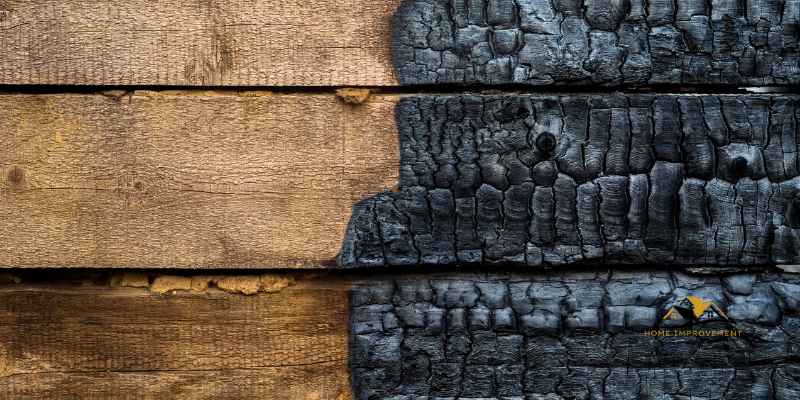
Recommendations From Professionals
When it comes to sealing charred wood, professionals recommend using oil-based polyurethane for outdoor applications due to its superior weather resistance. For indoor wood furniture and floors, shellac sealant is preferred as it is non-toxic and safer. These sealants effectively preserve the charred wood while enhancing its durability and aesthetics.
Tips For Preserving Charred Wood
Preserving charred wood involves sealing the boards with oil-based polyurethane for outdoor use and shellac sealant for indoor applications. After thoroughly drying the boards for a day or two, apply the chosen sealant to enhance the wood’s longevity and protect it from environmental elements. This process not only preserves the charred wood but also enriches its natural beauty.
Faqs
To seal charred wood, first let it dry completely, then apply linseed or mineral oil using a paintbrush, allowing it to soak in before use. Be cautious as charred material may smudge. Preserving charred wood involves sealing it with oil for durability and protection.
Do You Need To Seal Charred Wood?
Sealing charred wood is essential to enhance durability and protect it from moisture and UV damage.
Best Sealants For Shou Sugi Ban Technique
The recommended sealant for the Shou Sugi Ban technique is oil-based polyurethane for its weather-resistant properties. For indoor projects, shellac sealant is a safer and non-toxic option.
How To Waterproof Woodburned Crafts
To waterproof woodburned crafts, consider using a sealant like polyurethane or shellac to protect the wood from the elements.
Frequently Asked Questions
What Is The Best Sealant For Burnt Wood?
For burnt wood, oil-based polyurethane is best for weather resistance. Indoors, use shellac sealant for safety and non-toxicity.
How To Preserve Charred Wood?
To preserve charred wood, apply linseed or mineral oil to the charred surface with a paintbrush. Let it dry for a day or two. Be cautious as the charred material may smudge. Sealing is optional but can enhance the overall look and durability of the wood.
Do You Seal Wood After You Burn It?
Yes, it is recommended to seal wood after burning it. You can use oil-based polyurethane for weather resistance and shellac sealant for indoor use. You can also apply linseed oil or mineral oil to the charred surface of the boards with a paintbrush, and let the oil soak in before using the boards.
Applying a seal or top coat is optional but can enhance your project.
What Is The Best Sealer For Shou Sugi Ban?
For Shou Sugi Ban, use oil-based polyurethane for outdoor projects and shellac for indoor items.
Conclusion
Sealing charred wood is crucial for preserving its beauty and durability. From oil-based polyurethane for outdoor projects to shellac for indoor furniture, the right sealant is essential. Applying linseed or mineral oil can also protect the charred surface. Remember to let the boards dry thoroughly and handle them with care.
With the proper sealing techniques, your charred wood creations can stand the test of time.


